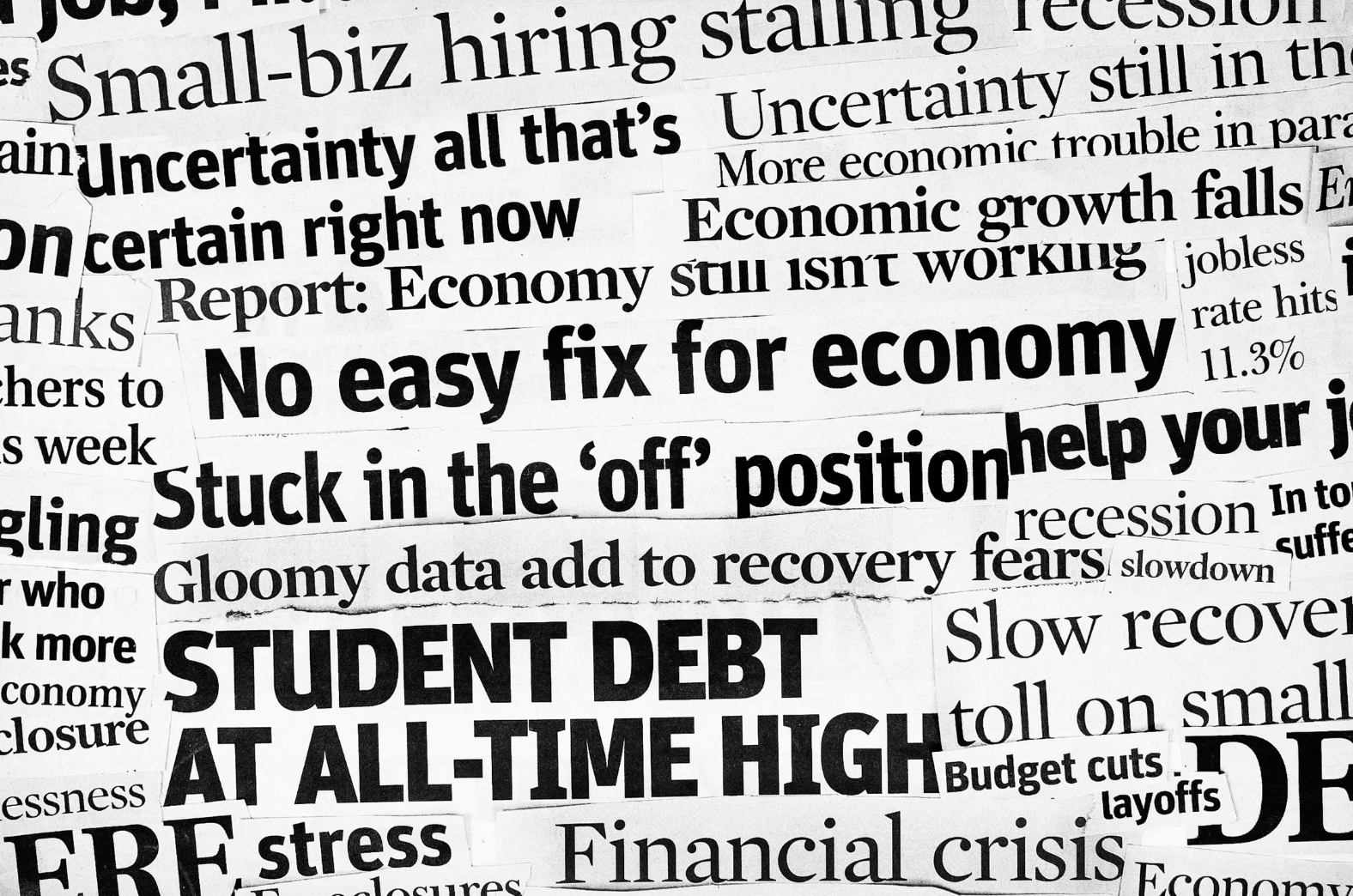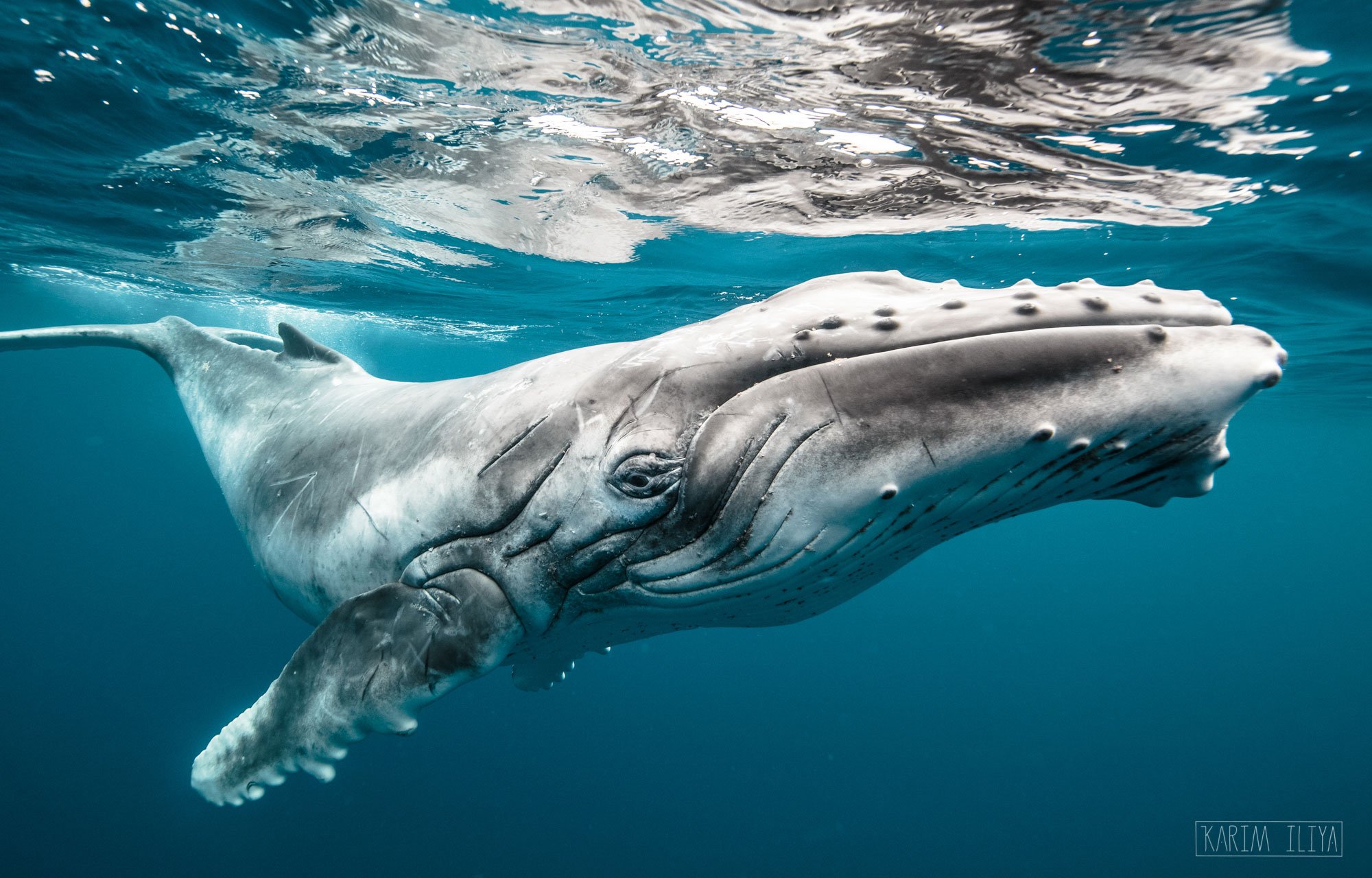Whales and (good news) Tales
Human beings are attuned to register news of danger or threat far more readily than news of progress and achievement. I suppose it’s part of a primitive survival mechanism. Walking through a Palaeolithic Forest, Homo Erectus needs to take far more notice of the crunch of a leaf underfoot, perhaps caused by a woolly mammoth, than the hoot of an owl.
And this over awareness of potential bad news, is no doubt carried forward into our modern days lives. The media only feeds us what we want to hear. After all, they are just businesses selling product. Even our ABC can’t escape this dilemma. Of course there are benefits to our society of hearing about the problems. It might inspire us “take arms against a sea of troubles, And by opposing end them”. It makes it hard for us to live in our pleasant first world bubble without at least acknowledging that there are many things that are not acceptable.
But there is also a growing awareness that focusing on tragedy and despair in our daily news cycle is not only an empirically unbalanced representation of the truth, but it is also harmful to the prospects of solving the problems we do actually face by creating despondency and a sense of zero agency especially amongst those who will inherit the planet long after the dinosaurs like me are gone.
One impressive organisation hoping to rectify this imbalance is a Melbourne based group called Future Crunch. Its free to sign up, and I recommend you do so. While never denying the problems the world faces, they cover topics such as global health improvements, rising living standards, human rights wins, conservation victories and scientific breakthroughs. It’s not saccharine. It’s factual and inspiring.
Here’s SWS’s good news story of the week.
The annual 6000 nautical mile migration of the Humpback Whale up and down Australia’s East Coast has just finished. They have returned to Antarctic waters to feed on krill over the summer, before returning north again around April to mate and give birth in sub-tropical waters. In a recent trip, sailing off Bermagui in May, there was barely a moment when, if you stood up in the cockpit and scanned the horizon, you would not see the spout of a whale exhaling or the slap of a tail as a magnificent animal submerged. Nowadays an estimated 40,000 to 50,000 whales pass up the east coast on their way north and of course a few more, as they head south in November, new family in tow. But it wasn’t always like that.
Beginning in Australia shortly after European colonisation, whaling and the export of whale products became Australia’s first primary industry. Australian whalers of the early 19th century hunted from small boats, towing their catch back for processing at shore stations. The development of harpoon guns, explosive harpoons and steam-driven whaling boats later that century made large-scale commercial whaling so efficient that many whale species were over-exploited in the 20th century and came very close to extinction.
Flensing a whale, Twofold Bay, New South Wales, between about 1900 and 1922. Photo: by CE Wellings. National Library of Australia
When southern right whales and blue whales became scarce, Australian whalers began to target humpback whales, killing approximately 8300 off the east coast between 1949 and 1962. By the time the International Whaling Commission banned humpback whaling in the Southern Hemisphere in 1963, over-exploitation had already reduced the population to an estimated 3.5–5% of pre-whaling abundance, leading to the collapse of Australia’s east coast whaling industry. Whalers from the Soviet Union continued to whale illegally throughout much of the Southern Ocean, killing 48702 humpbacks between 1947 and 1973. More than half of these were taken in the two whaling seasons of 1959–60 and 1960–61.
Whaling in Australia, though mainly targeting sperm whales, continued until 1978, by which time the industry was no longer viable. A change in public attitude against whaling encouraged the Australian Government to hold an Inquiry into Whales and Whaling in 1979. Following this the government, with bi-partisan support adopted a permanent ban on further whaling.
The Whale Protection Act 1980 has now been replaced by the Environment Protection and Biodiversity Conservation Act 1999 (the EPBC Act). The Australian Whale Sanctuary, established under the EPBC Act, includes the entire Commonwealth marine area, beyond the coastal waters of each state and the Northern Territory. Within the Sanctuary it is an offence to kill, capture, injure, harass, chase or herd whales, dolphins and porpoises.
It is estimated that when the Australian east coast whaling industry ended in 1963, the east coast population of humpbacks had been reduced to a little over 100 individuals.
But humpback whale populations have boomed since commercial whaling was banned
Last year humpback whales were struck from the threatened species list. It’s a good news story; Considered, enforceable and sensible legislation leading to the survival of one of the world’s most captivating species. This shouldn’t engender to complacency, but it should inspire us to focus on the next challenge, knowing that positive change is possible.



